With the advent of virtually universal cellphone ownership and so many means of digital communication, I think that’s a phrase that today is only heard in old movies. (A similar situation is depicted in the funny “Bob Wehadababyitsaboy” Geico commercial.) Yet I believe on closer inspection, it leads us to some important insights we can use as we’re planning our marketing strategies.
First—and this is the single most important lesson—all communication is person-to-person. Personalization has been a major topic in digital marketing for a long time, and its importance in B2C marketing and advertising is easy to grasp. The more you know about your prospects’ likes, dislikes, needs, and desires, the more likely you will be able to effectively target your marketing message.
However, it’s my experience that personalization is less understood or used in the B2B setting. If you’ll let me go back to the example I used to start this article, I want to touch on the old operator-assisted call when it wasn’t placed as a “person-to-person” call. In that case, the call would go through to whoever picked up the phone on the other end.
We can view that as a parallel to B2B marketing: your marketing is going to a company. However, just like the non-person-to-person phone call, your message will actually be received and scrutinized by a person, so some kind of “personalization” should be considered.
If you’re marketing to the consumer, personalized coupons and similar schemes work, but in the B2B world you’re often selling specialty items or fixed-price services, so those tactics aren’t available to you.
What do B2B companies want?
Therefore, you need to ask yourself, on a personal level, what do the gatekeepers and decision makers at B2B companies want?
They want information. We live in the Information Age and when you strip away everything else, good, actionable information is the “coin of the realm.” Virtually all of today’s leading companies are, in one or more ways, sellers of information.
The lesson here is that if you provide your prospects and current customers with the information (content) they need to succeed, you will end up with a larger and more responsive customer base.
But what content?
I can’t tell you exactly what topics around which you should create content, but I can introduce you to some people who can answer that question specifically: your sales force. Regular engagement between your marketing team and sales reps to discuss content marketing ideas can be your classic twofer:
- You break down barriers that often separate the two functions, and
- You get some great ideas for personalized content.
This increased interaction between sales and marketing might also allow you to do some list segmentation similar to what is done in B2C marketing. You might discover that while many companies use the same product or service, the challenges they face in the marketplace are different.
This could give your marketing team the ability to massage white papers and email newsletters in ways that more directly push the buttons of a wider group of prospects and clients.
You’re a person, too!
Let’s get back to the concept of person-to-person communication for a moment. Even if you start targeting your content and messaging better, there needs to be a human being on your side of the communication.
Take time to humanize your contact people. If, for example, you’re using a white paper as a lead magnet, let the author or authors express their personalities. Include enough biographical details that the reader knows it wasn’t created by simply piecing together some information you found on the web and slapping your corporate logo on top.
It’s been said many times, but bears repeating: People do business with people, not companies. This is especially true in the B2B world. Clients and prospects need to see that you invest human capital in your content.
To whom it may concern
Finally, don’t forget the simple things. No one in sales or marketing should ever send out an email that screams “Form letter!”
If you don’t specifically know whom you’re emailing and some basic things about them and their companies, don’t compose or hit send until you’ve done your research. You need to include at least the name of the recipient, a possible solution to their problem, the reason why you’re reaching out, and some personalization, such as “I saw your blog on widgets…”
Trash cans–both real and digital–are primary destinations for communication that lacks personalization.
15% Off All Business Cards
VIEW ALL CARDS
$60.05
$60.05
$62.55
$60.05
$60.05
$60.05
$60.05
$52.55
$60.05
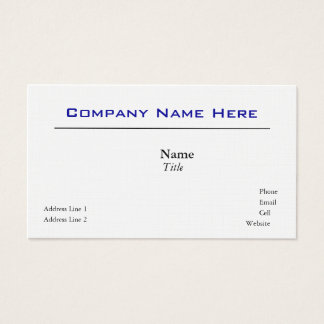
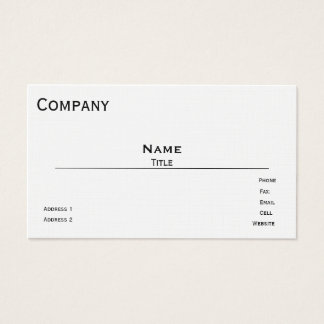
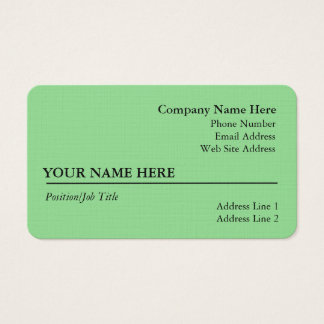
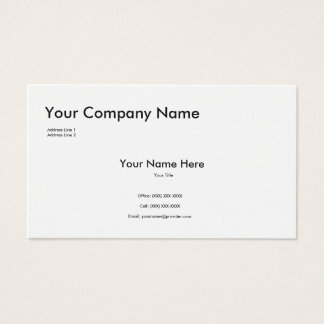
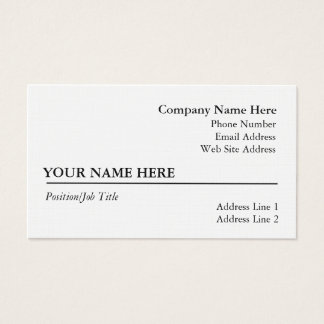
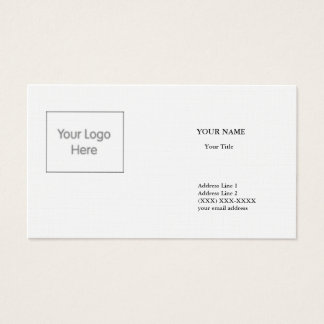
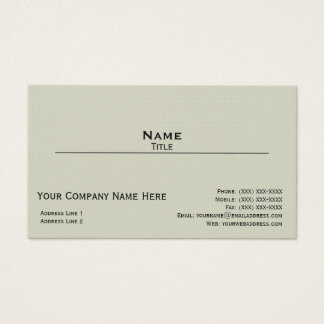
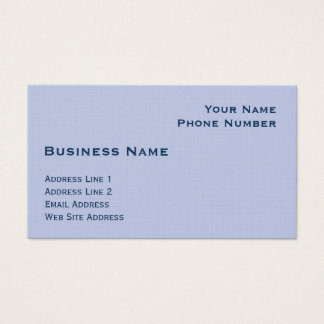
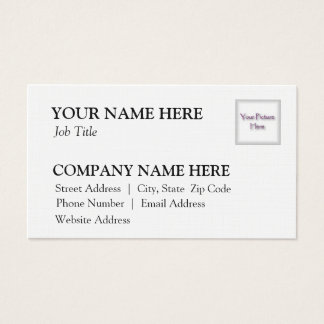
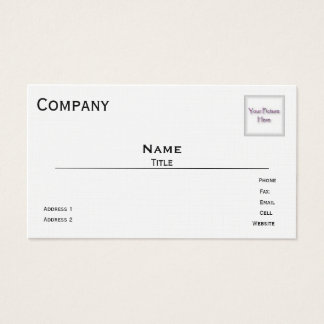
No comments:
Post a Comment